Is the water pressure in your garden hose difficult to control? Then you’ve come to the right place! Decreasing water pressure is actually quite straightforward with a few simple steps. Not only will this fix any problems you may have, but it also helps conserve precious resources by reducing over-spray from irrigation or other uses of the hose. This blog post will provide you with all the necessary information to decrease water pressure in your garden hose and help you optimize your gardening tasks for maximum efficiency. Read on to learn how easy it is and get the most out of your garden supplies!
Understanding Water Pressure
The term “water pressure” refers to the amount of force exerted by water as it flows through a pipe or hose. The pressure of the hose is measured in pounds per square inch (PSI) and varies between 40 PSI to 80 PSI based on the size of the hose. The greater the water pressure, the more water flows through the hose. Conserving water and using it efficiently in your garden is possible by learning how to reduce the water pressure in your hose.
How to Decrease Water Pressure in Your Garden Hose
A garden hose can be an invaluable tool for maintaining a beautiful and healthy lawn. Sometimes, the pressure of water from your garden hose can be too high and cause harm to plants or lead to soil erosion. Luckily, there are methods to lower the water pressure of your garden hose which will aid in maintaining the optimal condition of your lawn.
- Invest in a Pressure-Reducing Valve: One effective method to reduce water pressure from your garden hose is by installing a pressure reducing valve. The purpose of these valves is to decrease the water flow rate through the hose, which results in a reduction of water pressure.
- Use a Hose Washer: To lower water pressure in a garden hose, you can also easily install a hose washer. Rubber hose washers are tiny discs that you place between the nozzle of your garden hose and the spigot. When installed correctly, they reduce the water flow, decreasing the pressure that is being released from your garden hose.
- Insert Restrictors into Your Nozzle: You can buy restrictor inserts for your garden hose nozzle to lower water pressure while maintaining control over the water flow. These inserts limit the pressure that comes out from your hose by restricting water flow through specific parts of your nozzle. [1]
- Install a Soaker Hose: Gardeners use soaker hoses as they release water at a slower rate compared to regular hoses. The low-pressure delivery system assists in watering plants without causing harm to delicate plants or causing soil erosion.
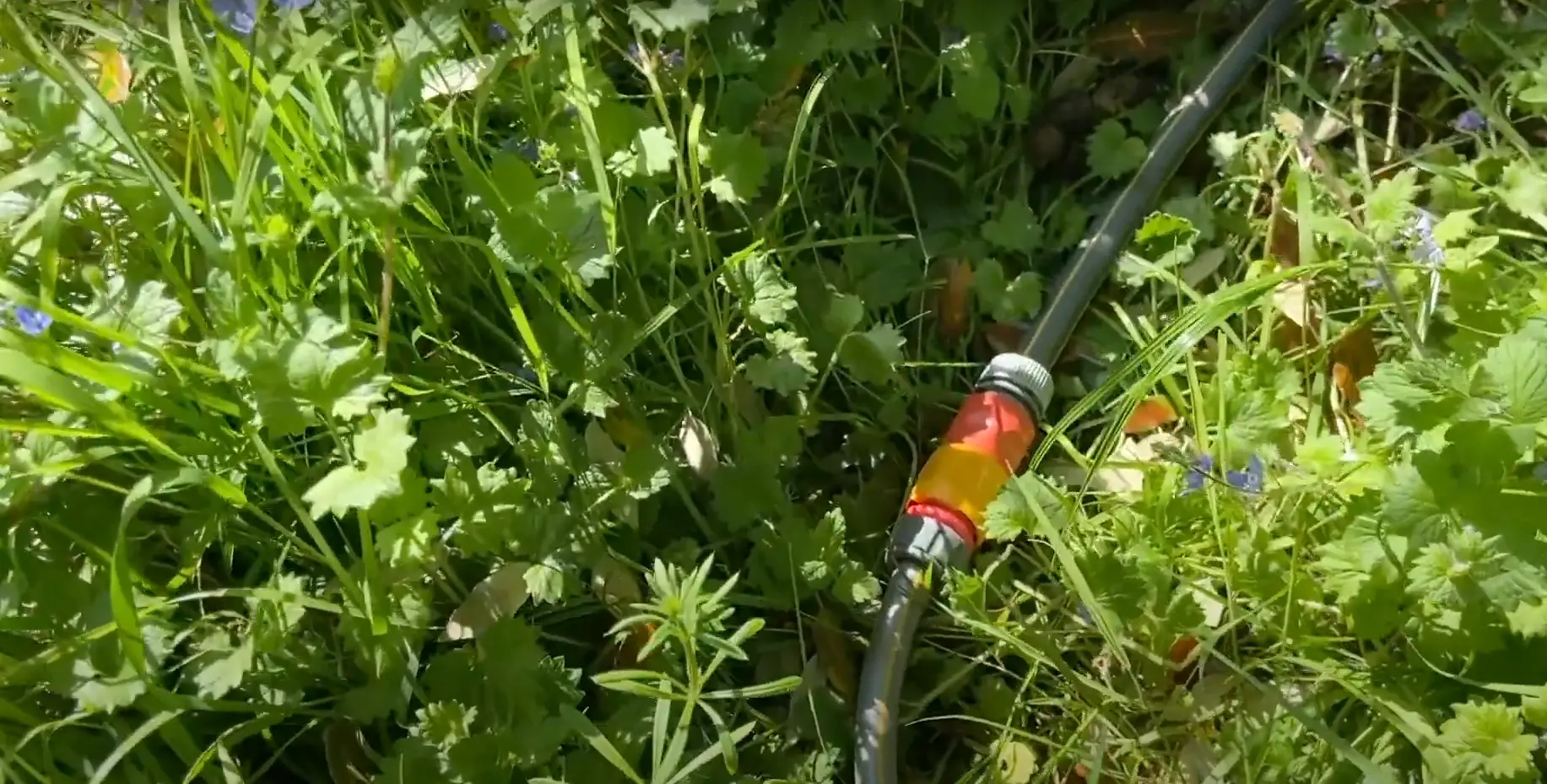
You can use any of these methods to reduce the water pressure in your garden hose and keep your lawn healthy and thriving. After all, lush green grass and healthy plants don’t just happen–they require careful maintenance! With a little bit of planning and effort, you can ensure that your outdoor space will be beautiful for years to come.
Can High Water Pressure Damage My Garden Hose?
Yes. High water pressure can cause your garden hose to wear out faster and potentially burst. This is because high water pressure pushes against the walls of a hose, wearing away its inner lining over time. The higher the pressure, the more likely it is for damage to occur quickly. To prevent this from happening, you should always make sure to keep your garden hose’s pressure at or below what is recommended for it by the manufacturer (usually stated on the packaging).
It is important for gardeners to keep their hoses in working order by regularly inspecting them for wear and tear. Any signs of damage should be addressed immediately in order to avoid any potential problems down the road. By taking these steps, you can help ensure your garden hose lasts for years to come. [2]
How Do I Know If My Water Pressure Is Too High?
If you’re not sure if your water pressure is too high, there are a few ways to check. One way is to measure the flow rate from your hose with a bucket or cup. Place the container at the end of the hose and turn on the faucet. After a short period of time (around 10 seconds), measure how much water has collected in the bucket or cup – that will give you an idea of how much water pressure is coming from your spigot/faucet. You can also purchase a device called a water pressure gauge which will give you an exact reading of how many PSI (pounds per square inch) of water pressure is coming out of your spigot/faucet.
If your water pressure is above 80 PSI, it’s definitely too high and needs to be reduced. You can do this by installing a water pressure reducer valve or regulator directly onto the spigot/faucet. This will help reduce the amount of water pressure coming out of the hose and make sure that your garden plants are receiving enough moisture without being blasted away by too much force. Alternatively, you could install a flow restrictor near the end of your hose, which will also help reduce the amount of water pressure from your spigot/faucet.
No matter which option you choose, it’s important to monitor your water pressure regularly to make sure it’s not exceeding 80 PSI. Doing so will help keep your garden plants healthy and blooming!
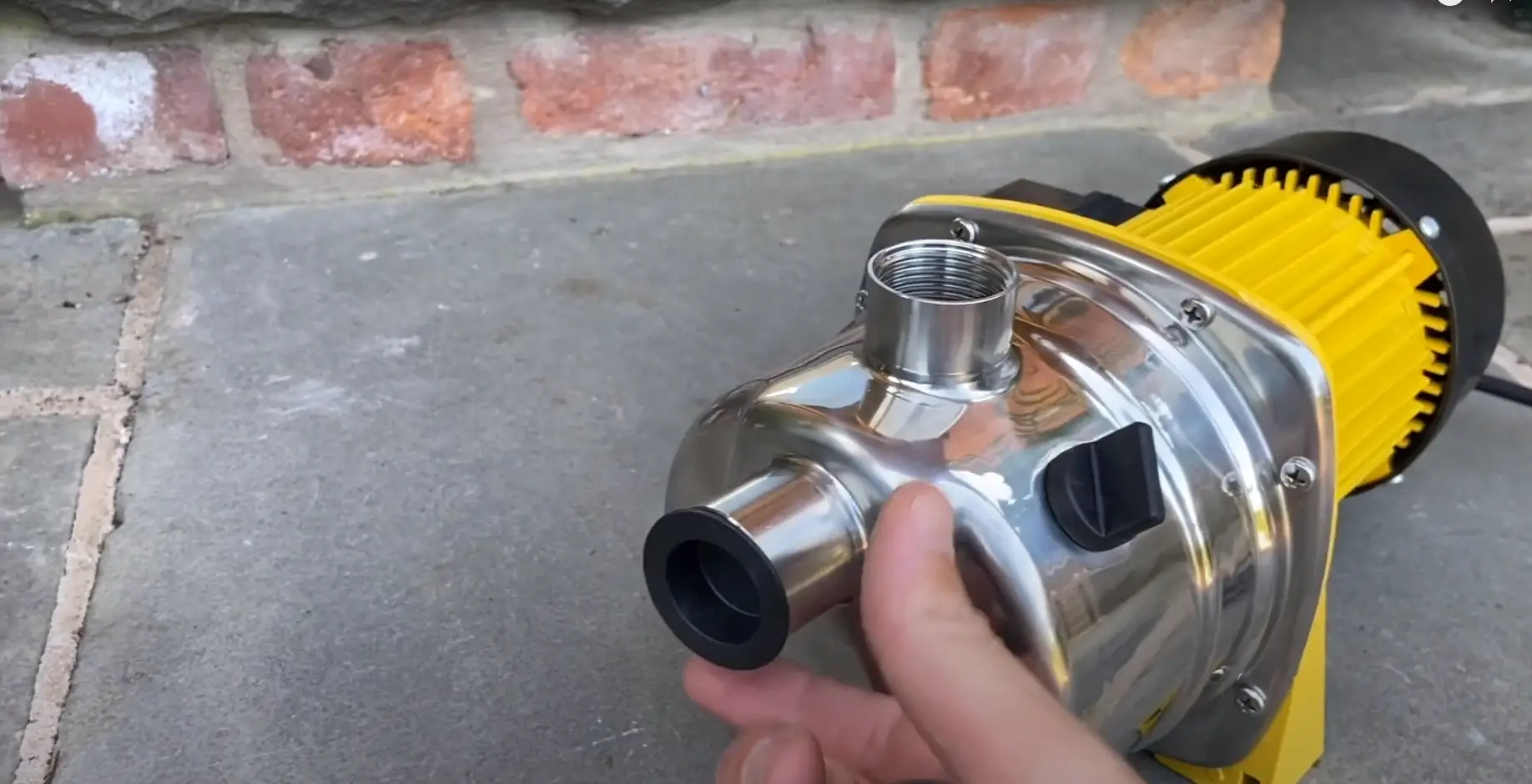
Can I Use A Pressure Regulator On Any Hose?
Yes, you can use a pressure regulator on any hose. A pressure regulator is a device that adjusts the amount of pressure in a water line or garden hose by restricting the flow of water to an adjustable level. This allows you to control the amount of pressure coming out of your hose and reduce it if necessary. The most common type of regulator is a valve that screws onto the end of your garden hose. It works by limiting the amount of water flowing through the pipe, thus reducing water pressure.
Using a pressure regulator on your garden hoses can help keep your lawn looking lush and healthy without having to worry about damage caused by over-pressured water lines. So if you’re looking for an easy way to reduce water pressure coming out of your hose, investing in a pressure regulator is the perfect solution! [3]
Will Reducing Water Pressure Affect My Plants?
Reducing the water pressure in your garden hose will not affect your plants. Although reduced water pressure may mean that you have to adjust your watering patterns, it should not cause any damage to your plants as long as the pressure is kept within safe levels. You can also experiment with different nozzles and attachments to help increase or decrease the flow of water depending on what type of watering pattern you need for your plants. It’s important to note however that reducing water pressure too much can reduce the effectiveness of some sprinklers, so make sure to test out different settings before settling on a specific one.
By taking these precautions, you can ensure that even with reduced water pressure, you’ll still be able to properly care for your plants. [4]
Maintenance Tips
If you’re looking for a more permanent solution to reduce the water pressure of your garden hose, there are several maintenance tips you can follow.
1) Check the nozzle of the hose for any blockage or debris that may be causing a restriction in the water flow. If possible, replace any worn-out nozzles and clean out clogged areas to ensure optimal water flow.
2) Inspect the couplings on the sides of the garden hose to make sure they are securely connected. Over time, these fittings can become loose or corroded which can lead to a decrease in water pressure. Tighten them up as needed and replace any damaged parts if necessary.
3) Make sure that your garden hose is stored properly when not in use. Keep it away from direct sunlight as too much heat can cause the rubber to expand and reduce water pressure. Additionally, keep the hose coiled up loosely so that there are no kinks or bends which could also restrict the flow of water.
By following these steps regularly, you can ensure that your garden hose has an adequate water pressure for all your gardening needs! [5]
FAQ
How do I lower the outside water pressure?
There are a few different ways to reduce the pressure of water coming out of an outside garden hose. One way is to use a garden hose pressure regulator or water pressure reducing valve. These valves control the amount of water flowing through the hose by regulating the water pressure from the main supply line. Some models come with adjustable settings, allowing you to customize your own levels of desired pressure. Another option is to install an inline shut-off valve between the faucet and your garden hose. This will allow you to manually adjust the flow and change the pressure as needed. Finally, if you don’t have either of these options available, you can partially close off your outdoor faucet while still leaving some room for air and water flow. Doing so will decrease the water pressure from the main supply line.
Are there any drawbacks to reducing water pressure?
Reducing the water pressure in an outdoor garden hose can help conserve water, but it may also reduce the effectiveness of certain types of sprinklers or other attachments that require a high output of water pressure. Over-reduction of water pressure could also make it difficult to use some spray nozzles or other attachments as desired. If you have any concerns about losing power from your accessories, you should consult with a professional before making any adjustments to your existing system. Additionally, although reducing outdoor water pressure can save money on your utilities bills each month, too much reduction could cause damage to pipes and lead to costly repairs over time.
What is the best way to measure water pressure?
The best way to measure water pressure in an outdoor garden hose is with a pressure gauge, which can be found at most hardware or plumbing supply stores. Pressure gauges measure the amount of force produced by the flow of water through your system and typically come with both digital and analog displays for easy readability. Additionally, many modern models are equipped with shut-off valves that allow you to adjust the flow without having to manually shut off your faucet each time. This can be especially useful if you plan on making frequent adjustments to your water pressure levels.
Are there any safety precautions I should take when reducing my outside water pressure?
Yes! Before making any adjustments to your outdoor water pressure, you should make sure that the main supply line is completely shut off. This can be done using a dedicated valve or by shutting off the entire house’s water supply. Additionally, if you are using an adjustable pressure regulator, it is important to note that some models may require professional installation and maintenance in order to function properly. If you have any doubts about how to safely reduce your outside water pressure, don’t hesitate to contact a professional for assistance.
If I adjust my outdoor water pressure too low, will it damage my pipes?
Yes, if the pressure is too low it can cause damage to your pipes due to insufficient flow of water throughout the system. It is always best practice to consult with a professional before making any drastic changes to your system so as to avoid any potential damage. Additionally, if you are using an adjustable pressure regulator or shut-off valve, make sure that it is properly installed and maintained in order to ensure optimal performance.
How often should I check my outdoor water pressure?
It is recommended that you check the water pressure of your outdoor garden hose at least once per month in order to ensure that it remains within an acceptable range. If you notice any sudden or drastic changes, be sure to contact a professional for assistance in determining the cause and correcting the issue. Additionally, if you experience any difficulty adjusting your outside water pressure on your own, it may be best to consult with a professional plumber for further assistance.
What affects water pressure in a hose?
Water pressure in a garden hose is affected by a variety of factors, such as the size of the hose, the type of material used to construct it, and any kinks or bends in the hose itself. The flow rate through the hose also affects water pressure. If you want to decrease water pressure in your garden hose, there are several steps you can take. One way to reduce water pressure is to use a larger diameter pipe for your garden hose. This will reduce the amount of friction between the walls of the pipe and passing water molecules, allowing for more efficient flow through the system and lower overall water pressure. A larger diameter pipe can also help avoid clogs and blockages that may be caused by debris or small objects.
Useful Video: How We Fixed Our Garden Hose Water Pressure
Conclusion
Reducing the water pressure in a garden hose is an easy task. By using a pressure regulator, you can control the flow of water and reduce the amount of water coming out of your hose. Additionally, if it’s possible to reduce the flow from your spigot, such as by adding an aerator or installing a smaller nozzle, you can decrease your overall water pressure further. With just a few simple steps, you can easily reduce the water pressure in your garden hose and conserve more water while watering your plants!
References:
- https://www.gardenbloggers.com/how-to-decrease-water-pressure-in-garden-hose/
- https://maingardentools.com/how-to-increase-the-water-pressure-in-garden-hose/
- https://www.wikihow.com/Increase-Water-Pressure-in-a-Garden-Hose
- https://www.groworganic.com/blogs/articles/water-pressure-and-water-flow-issues-for-gardeners
- https://diy.stackexchange.com/questions/166249/garden-hose-pressure-relief-valve





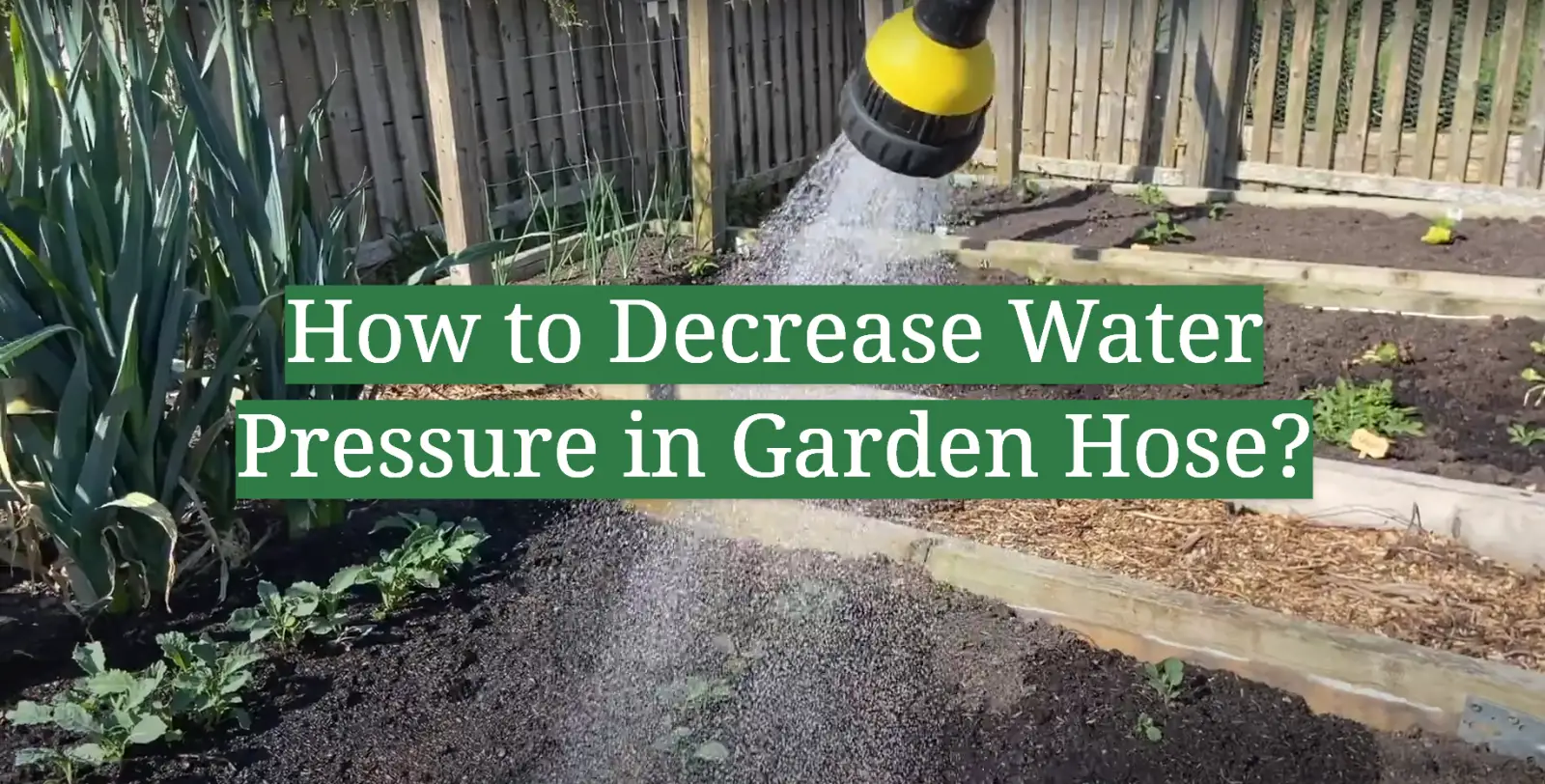
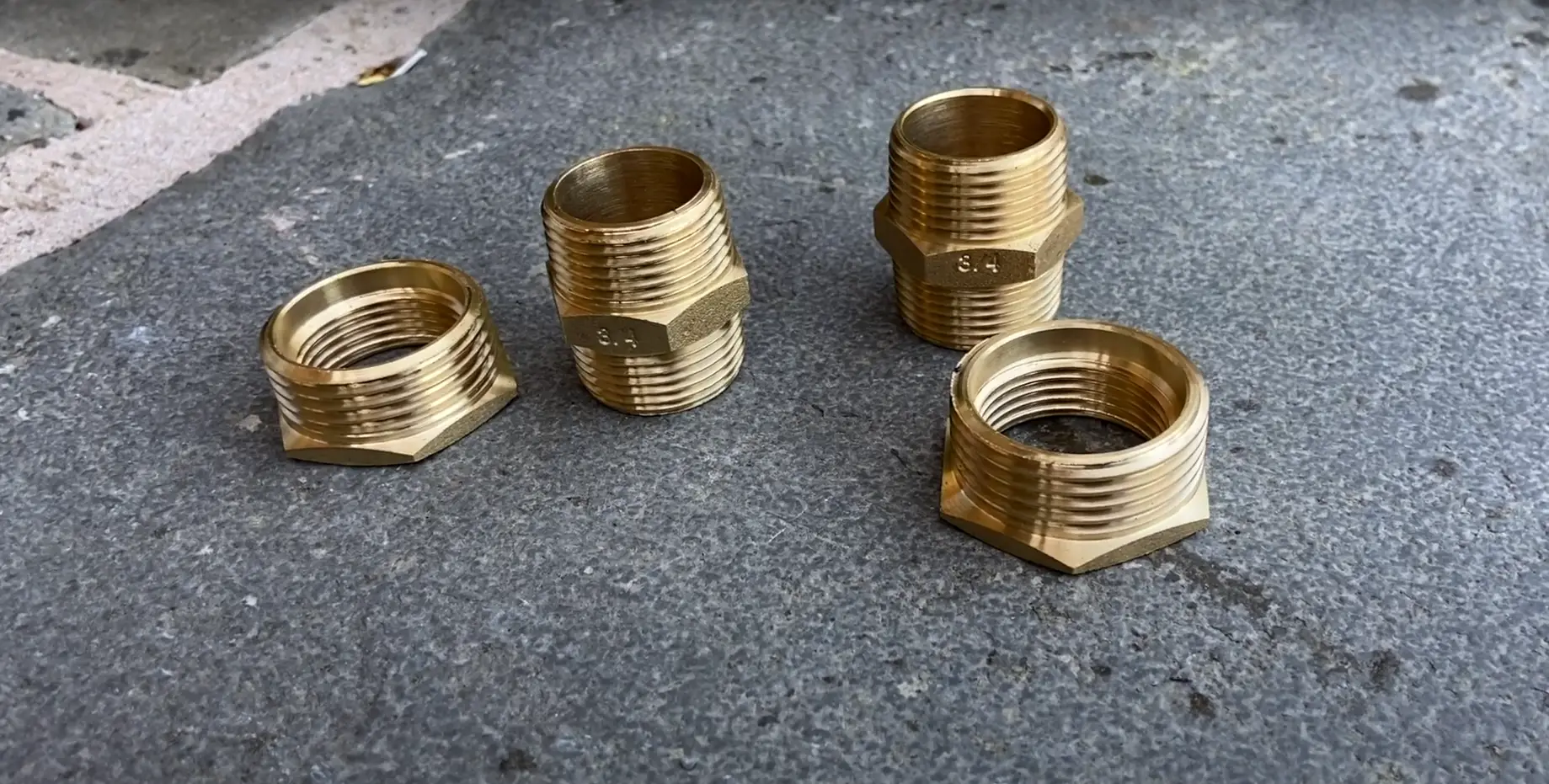
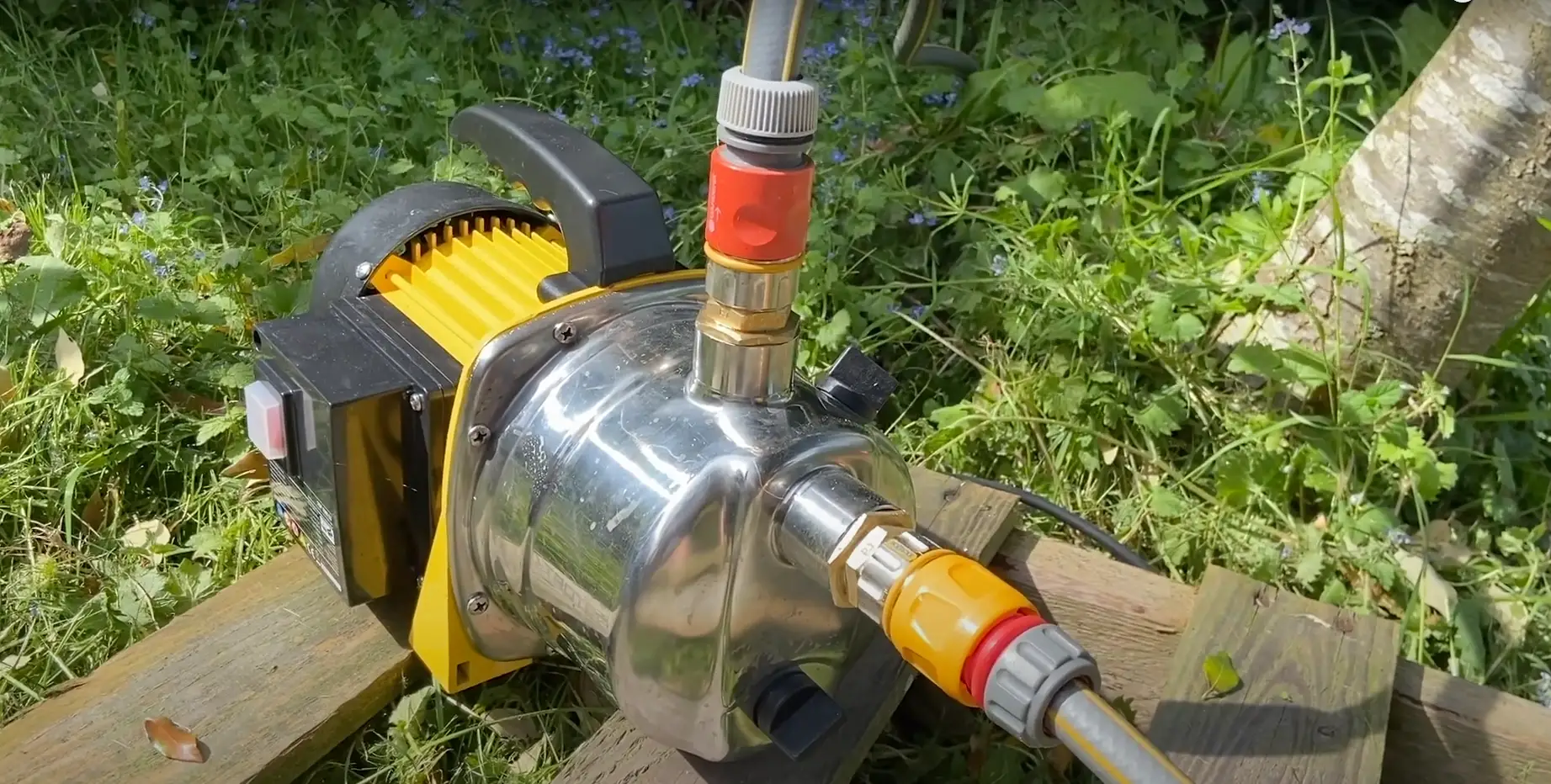
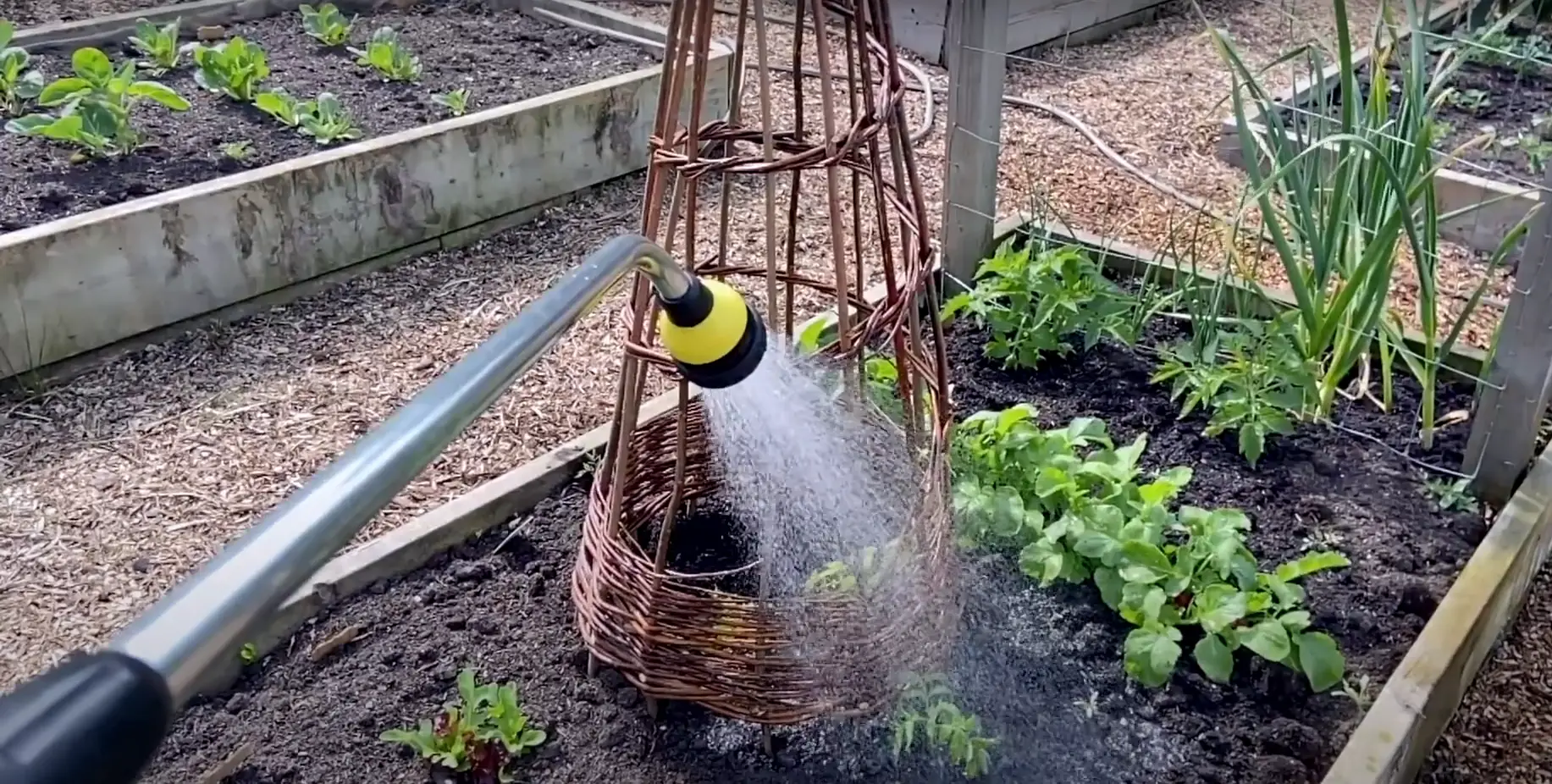
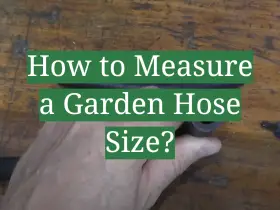
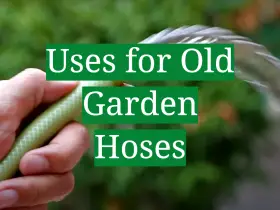
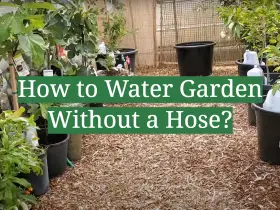

Leave a Reply
View Comments